Indigo in Yamanobe
I visited the former Yamabe School in Matsumoto City.
Originally built in 1885 as Togawa School, the school was renamed Yamabe School the following year and remained in use until 1928.

After that, it was used as the Satoyamabe Village Office, nursery school, and community center, but due to its age, it was dismantled and restored in 1982, and is now used as a museum.
Shoes are lined up in front of the entrance, and a signboard stands in front of the entrance.
The museum is the site of the Yamabe Elementary School’s sixth-grade class 1 presentation on February 22 (Sat.) and 23 (Sun.).
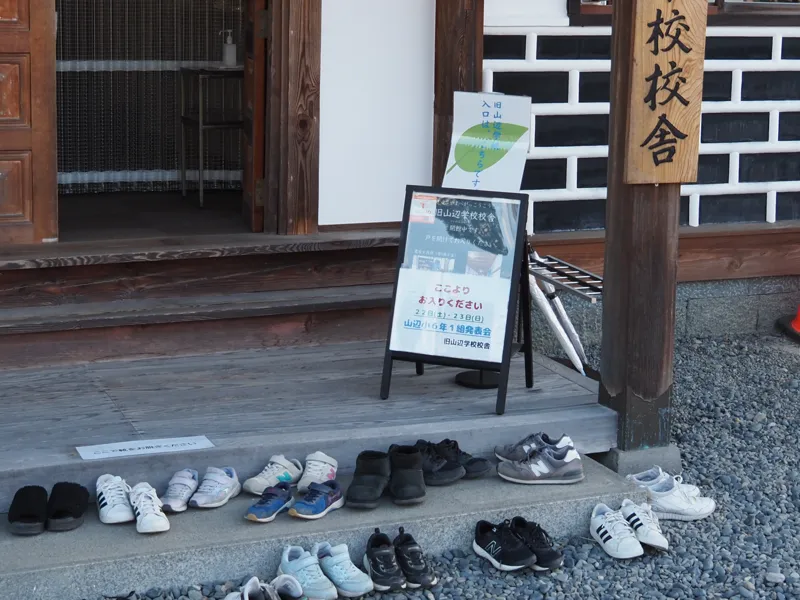
When I entered the entrance, elementary school students were waiting inside to explain the event at the reception desk and gave me this pamphlet.
The students had studied the local community by growing and dyeing indigo during their “integrated learning time".
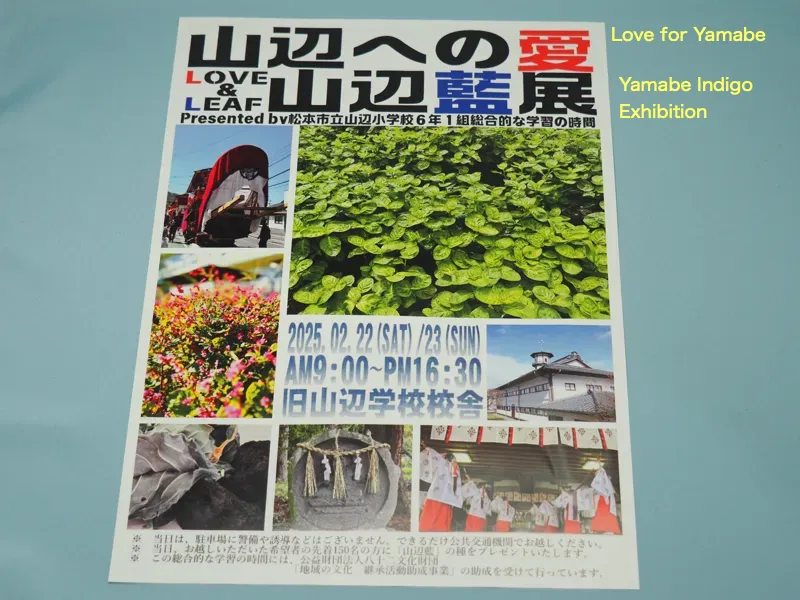
The Yamabe area is currently known for its grape production. Before that, it raised mulberries and was doing sericulture.
And before that, from the end of the Edo period to the first half of the Meiji period, they produced indigo called “Yamabe Ai" (Yamabe Indigo).
The students learned about these things in fifth grade when they studied the local area, and in sixth grade, they grew and dyed indigo as a class.
On the second floor, dyed tenugui (hand towels) were hung.
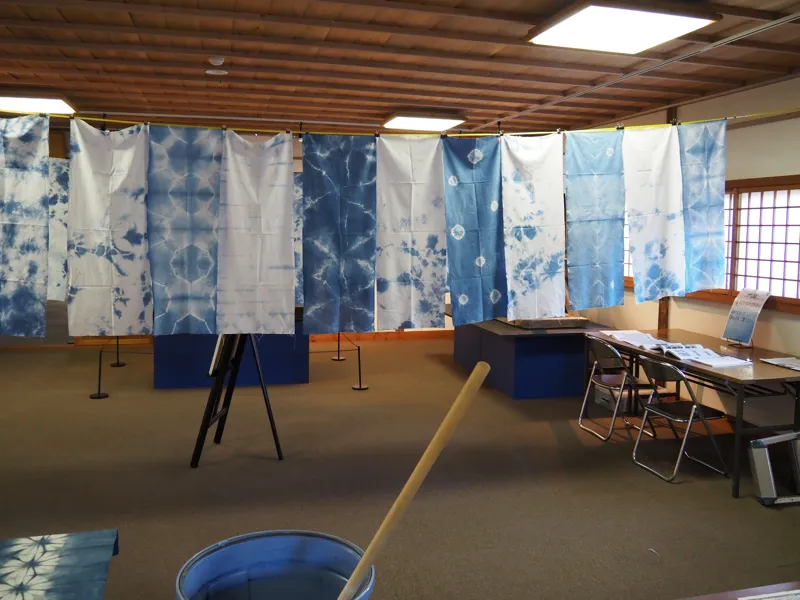
“Sukumo” is a product of the process of making dyes.
Sukumo is made by fermenting indigo leaves, drying them, and mixing them with hot water. It is crushed and mixed with lye, then added nutrients and aged for about a week to become dye.
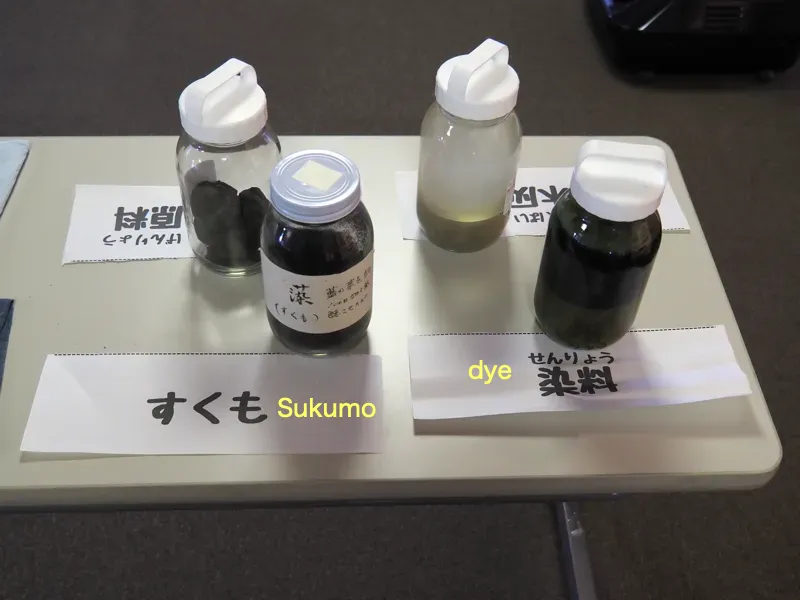
There was also time for a poster session in which elementary school students explained the results of their study in front of a display, and a video of the results of their study was shown in the style of a newsreel.
This time, they decided to present the results of their learning to the community at the former Yamabe School.
It is good for the school to connect with the community and also good for the museum to attract people.
I learned about indigo dyeing because I knew the word but did not know the specifics of the process.
On the second floor of the former Yamabe School, there is a stairway to the watchtower. It is off-limits to visitors, but the sign says, “Take a peek above,” so of course I took a look.
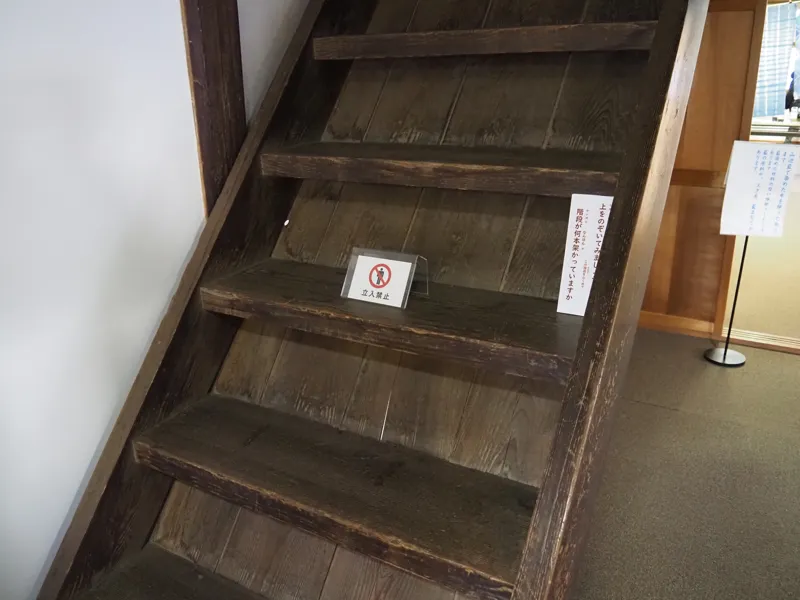
The stairs zigzagged up, but I could not see very well to the top.
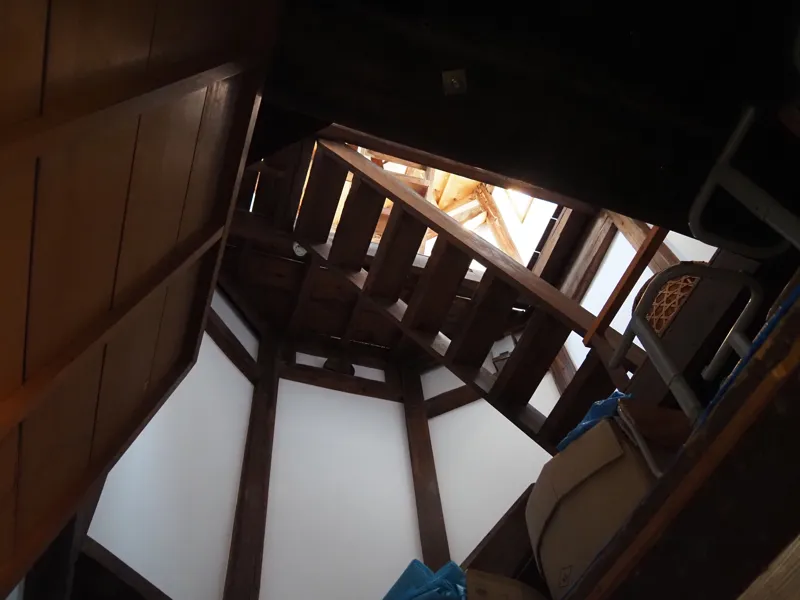
Finally, I will post a photo of the watchtower from the outside.
I would like to go up there if possible.
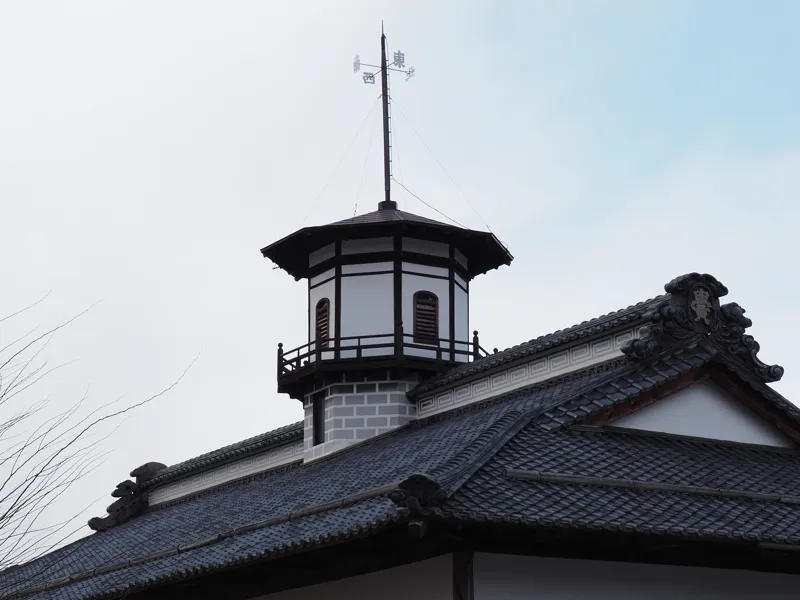
[Related article]
“Former Yamabe Elementary School" (2021-03-14)
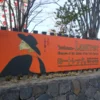

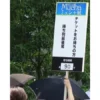

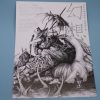
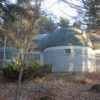
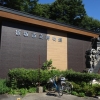
Discussion
New Comments
No comments yet. Be the first one!